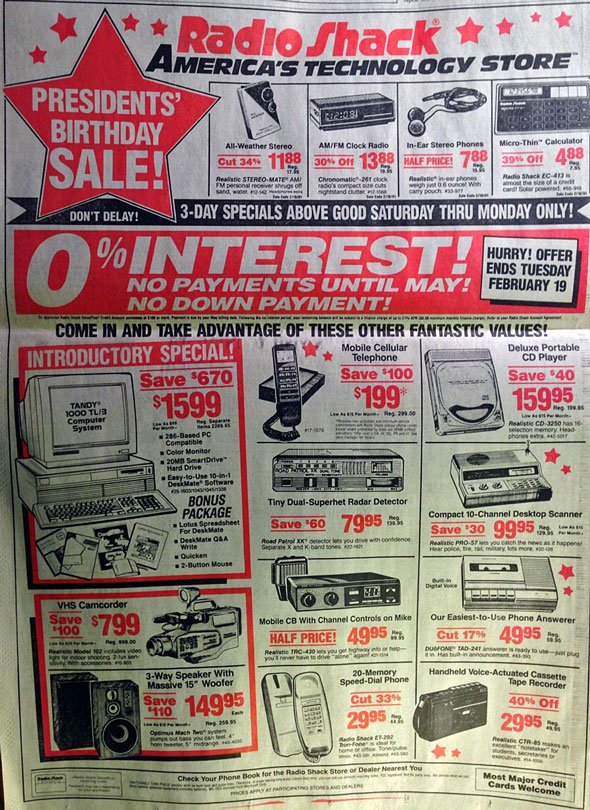Over my lifetime, I’ve seen computers become cheaper, smaller, lighter, and ubiquitous. As they’ve become central to more products, those products gain new capabilities. But more than that, their makers gain access to new business models. Consider what is happening to cars. This is from a recent report on The Verge:
Cars are more full of computers and software than ever before, which has made it possible for automakers to add new features or patch problems on the fly with over-the-air software updates. This has also presented these automakers with new ways of making money. Take Tesla, which pioneered them and currently sells access to a variety of features after purchase. It even used to ship cars with battery packs that had their range limited by software, and owners could pay a fee unlock the full capacity.
BMW now wants to take this to a far more specific level. The German automaker announced on Wednesday that all cars equipped with its newest “Operating System 7” software will soon receive an update that makes it possible for the company to tinker with all sorts of functions in the car, like access to heated seats and driving assist features like automatic high beams or adaptive cruise control. And the company unsurprisingly plans to use this ability to make money
The first thing to note is that BMW’s cars now have numbered operating system releases, much like an iPad.
Physically, an iPad is just a slab of aluminum, glass, silicon, etc. Without software, it could at best serve as a beautiful sushi plate or a mirror. But with software, it can be (almost) anything. I’m writing this blog post on my iPad. Before I started writing, I was reading the news. And before that, I checked the weather. I could go on the App Store right now and turn this device into something that performs an entirely different job.
Software makes products like my iPad almost infinitely flexible. I can configure it to serve my particular needs. As a result, I need to own less physical stuff. I’ve long given up on paper-based magazines and newspapers, and most of my new book purchases these days are ebooks. As advocates of dematerialization point out, iPhones (and similar computers, like the iPad) have taken over the role of many other devices in our lives. This leads to less clutter while also helping the environment.
 1991 Radio Shack ad. As this Huffington Post article explains, the iPhone superseded all of these devices.
1991 Radio Shack ad. As this Huffington Post article explains, the iPhone superseded all of these devices.
The flexibility inherent in software also enables new business models. When I was a kid, my dad owned a Super-8 movie camera. I remember he had a little kit that allowed him to edit the movies. (After they’d gone to Kodak for processing.) I have hazy memories of a cluttered box containing film equipment. This was single-purpose stuff he had to buy and maintain.
Now, of course, we can shoot and edit video on our iPads or iPhones. That means less clutter. But more than that, we don’t have to make a big commitment if we want to try editing. Instead of purchasing all that stuff, and then having to live with it, we can buy or rent an app. If we don’t like it, we uninstall it. Done. This is a very different way for companies to engage with customers than by selling them physical stuff, like my dad’s film editing kit.
Now, cars are less flexible than iPads. They’re not multi-purpose blank slates. Instead, they’re designed with a primary purpose: transporting people and goods from one place to another. This purpose dictates their form and components. For example, cars must have a passenger cabin that can fit people safely and comfortably. This cabin, in turn, must move over land at particular speeds. These requirements, among others, constrain cars’ physical configuration.
However, there are also many aspects of the car experience that are indeed like the iPad. The article above points to several. The environmental conditions inside the cabin, the cabin’s speed and direction, the relationship between the vehicle and its surroundings, and more, are all subject to being mediated through software.
This opens up great opportunities for companies, customers, and the environment. For companies, more modular products mean fewer SKUs, which reduces complexity and production costs. For customers, more modular products allow them to buy what they need and add or remove features over time. Both minimize waste, which is good for the environment.
Of course, there are downsides as well. The flexibility of software can also be used to subtract value from products. Speakers can stop working prematurely; ebooks can disappear from “our” bookshelves. The trend towards dematerialization also leads to more generalized user interfaces (i.e., touchscreens), which can reduce the usability (or even safety) of products like cars, that demand the driver’s attention. As with so many things digital, dematerializing product lines requires that companies and designers have serious ethical discussions.
Dematerialization gives me hope. I love the idea of reducing clutter and waste in favor of more flexible products that better adapt to our needs over time. As with all things software-related, ethical choices are paramount. Given their central role in our world and their physical nature, I consider the dematerialization of cars a bellwether for this trend.